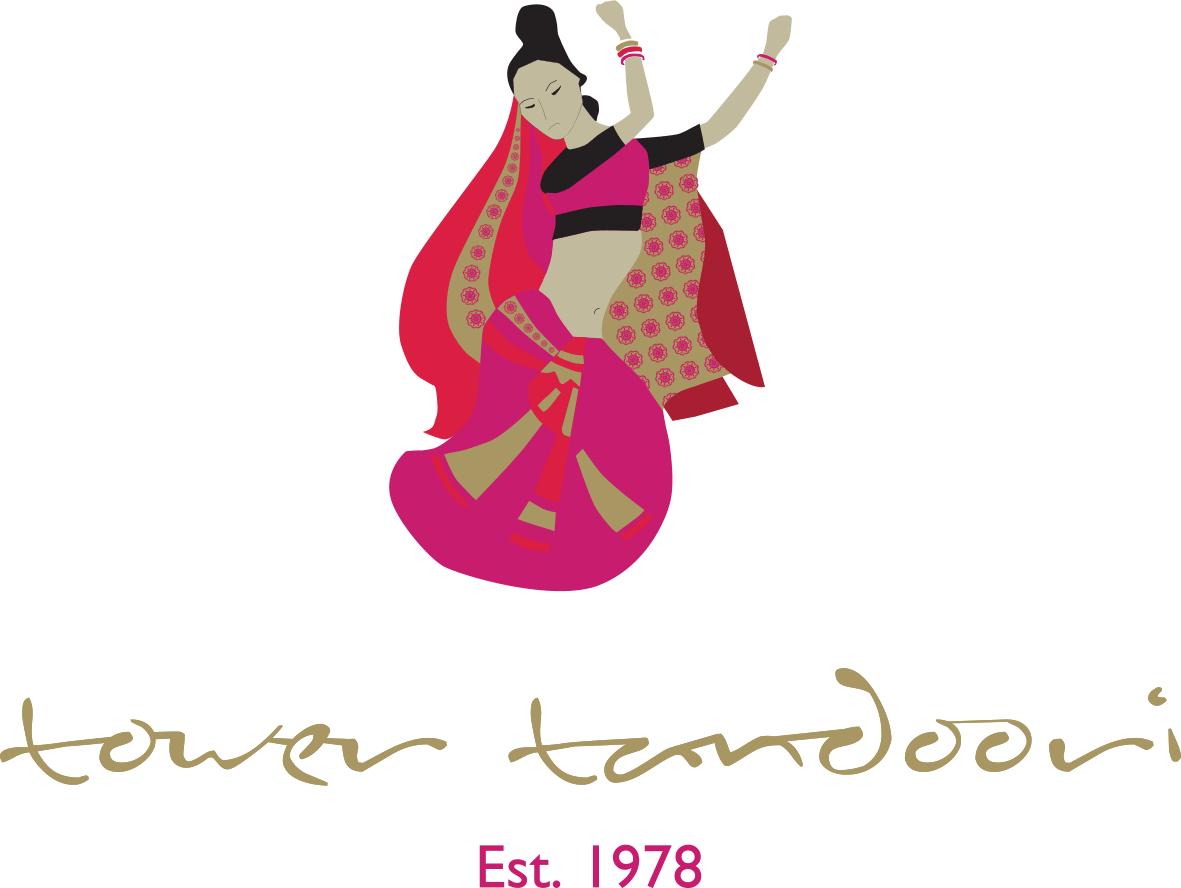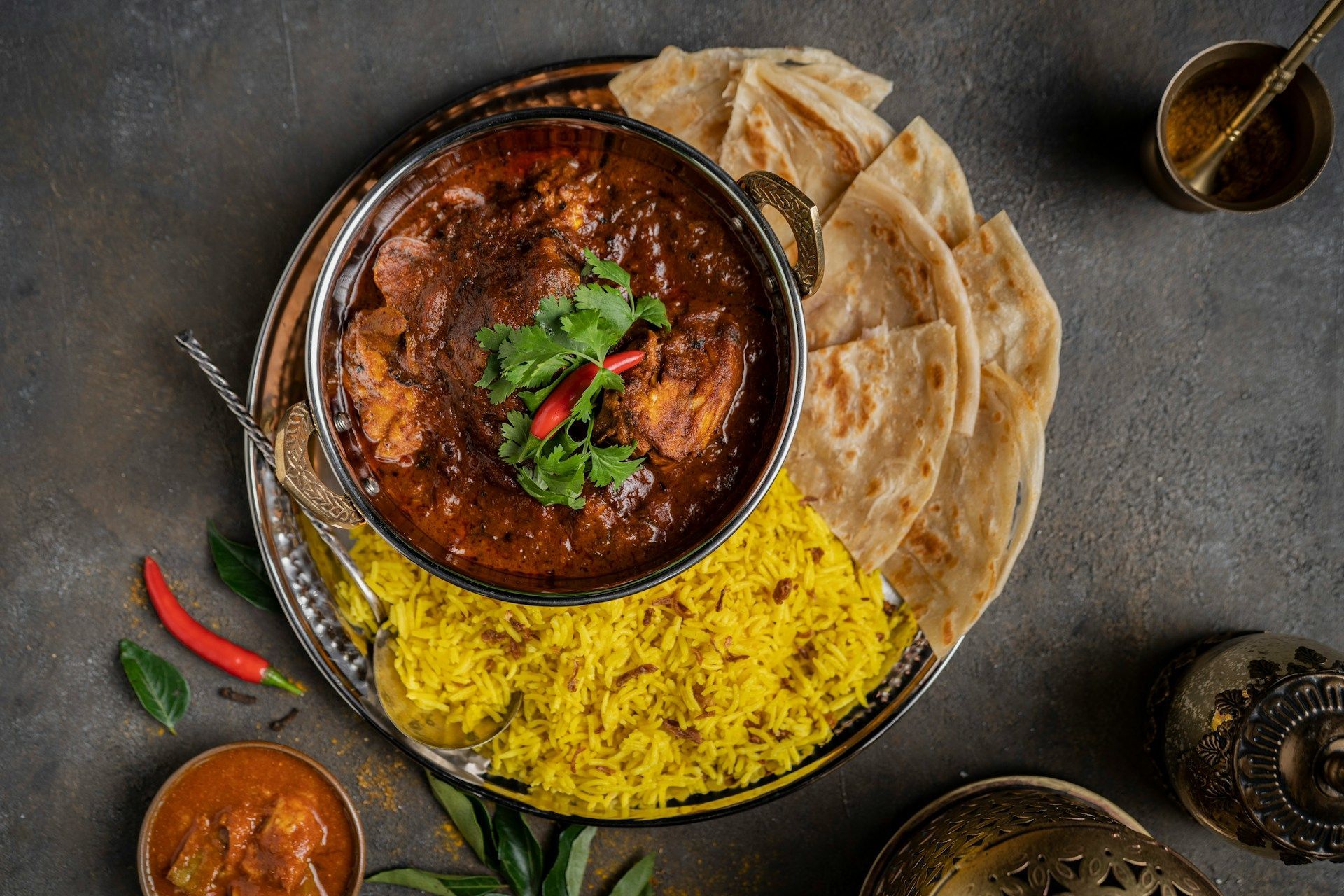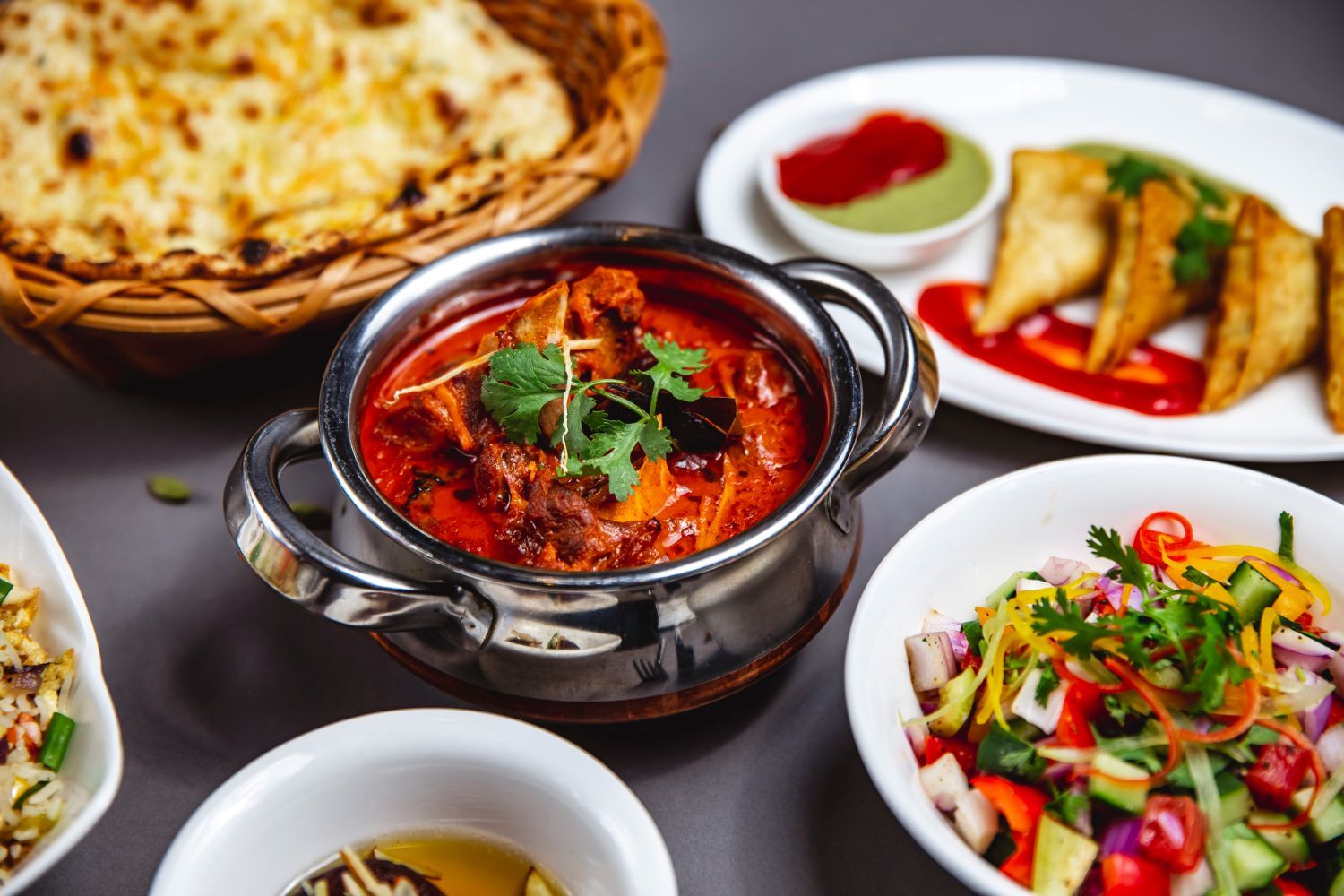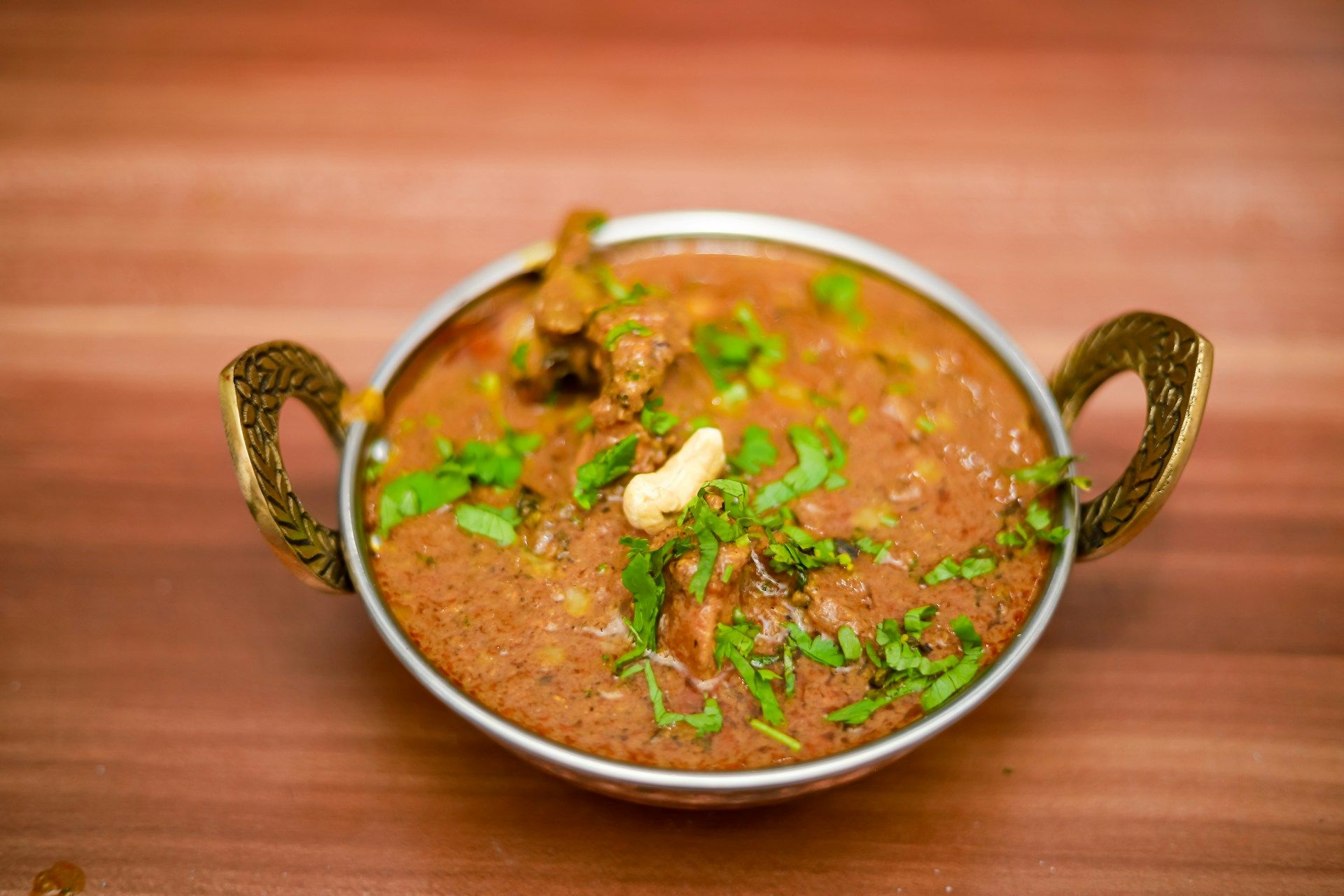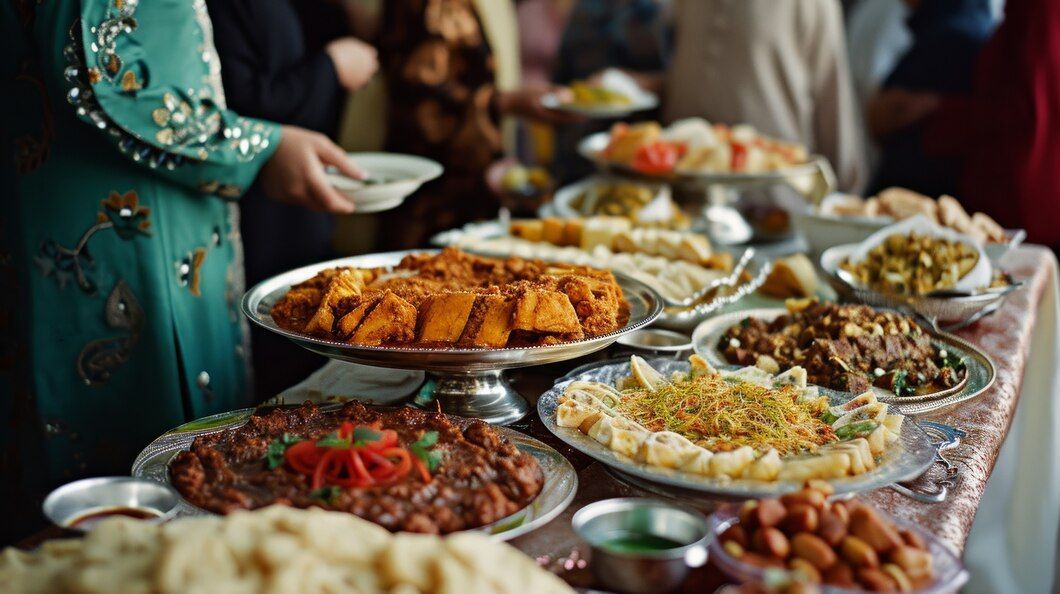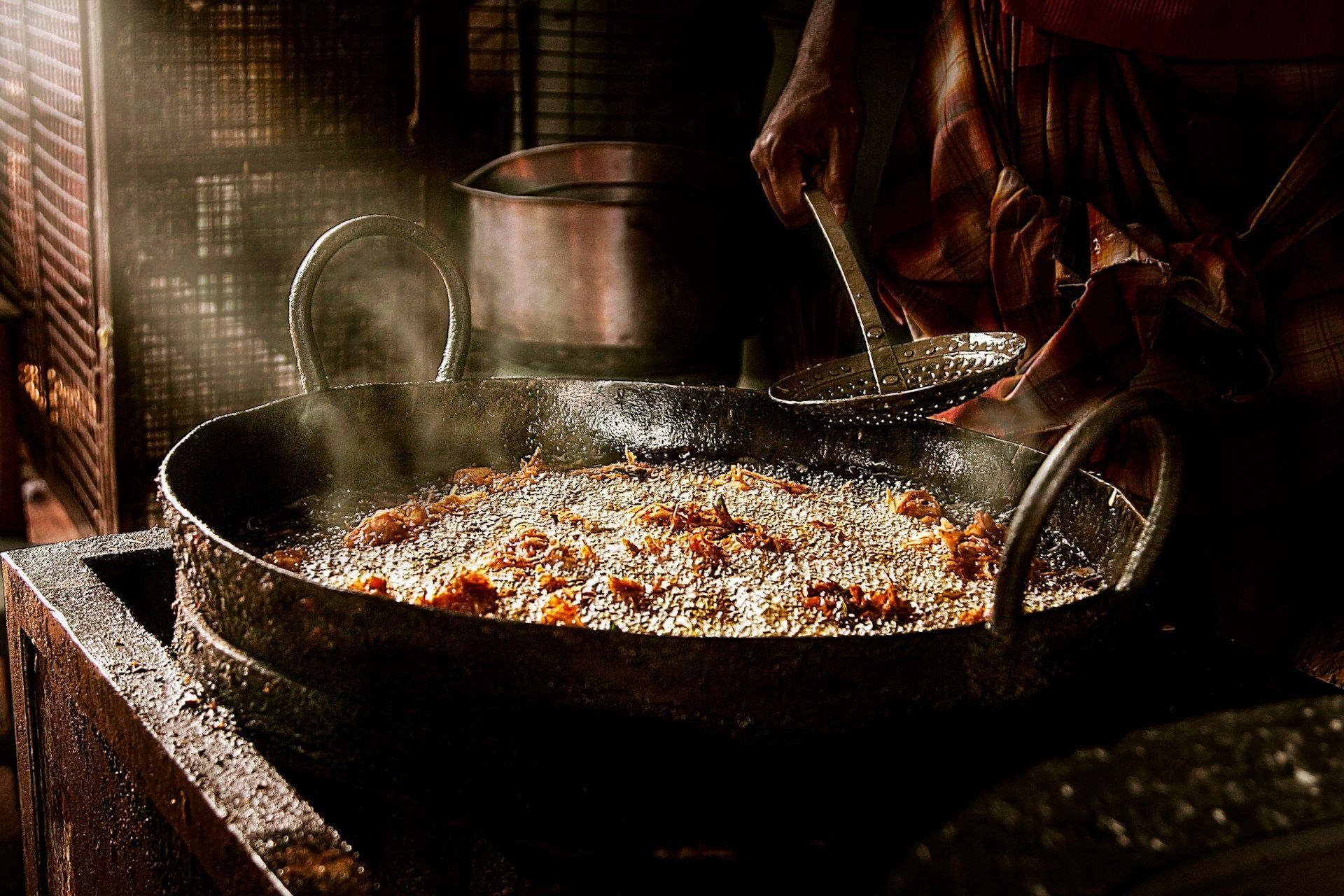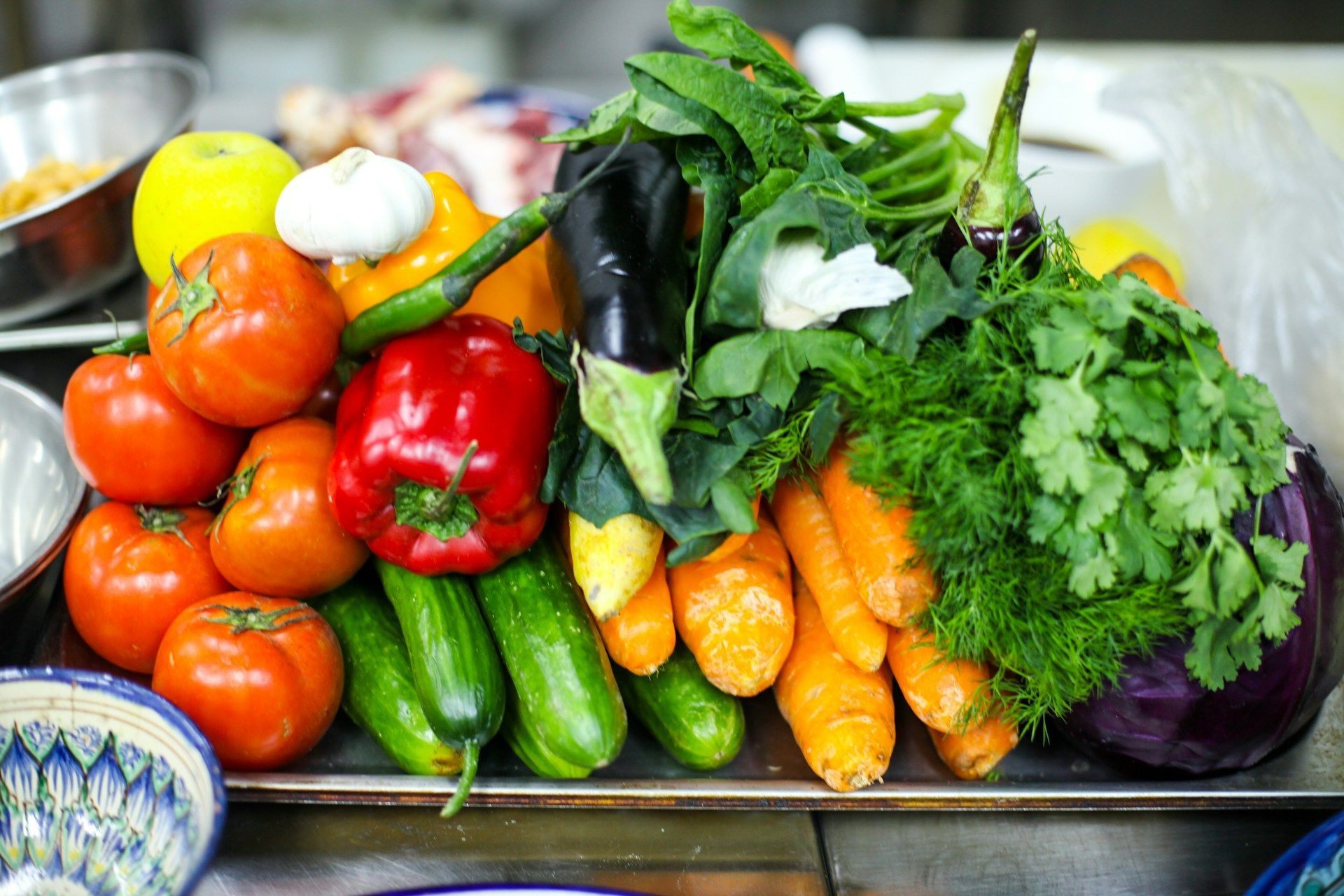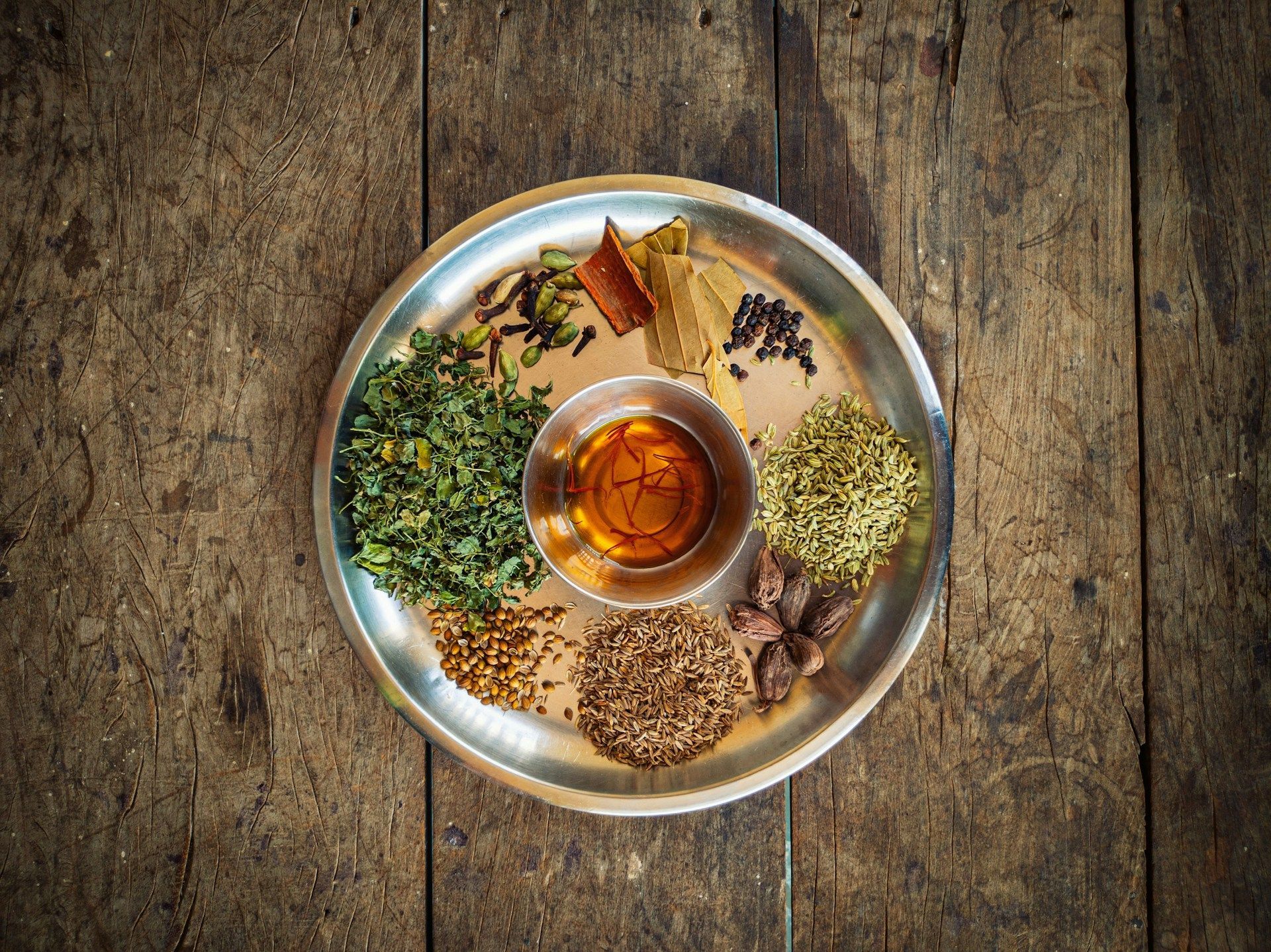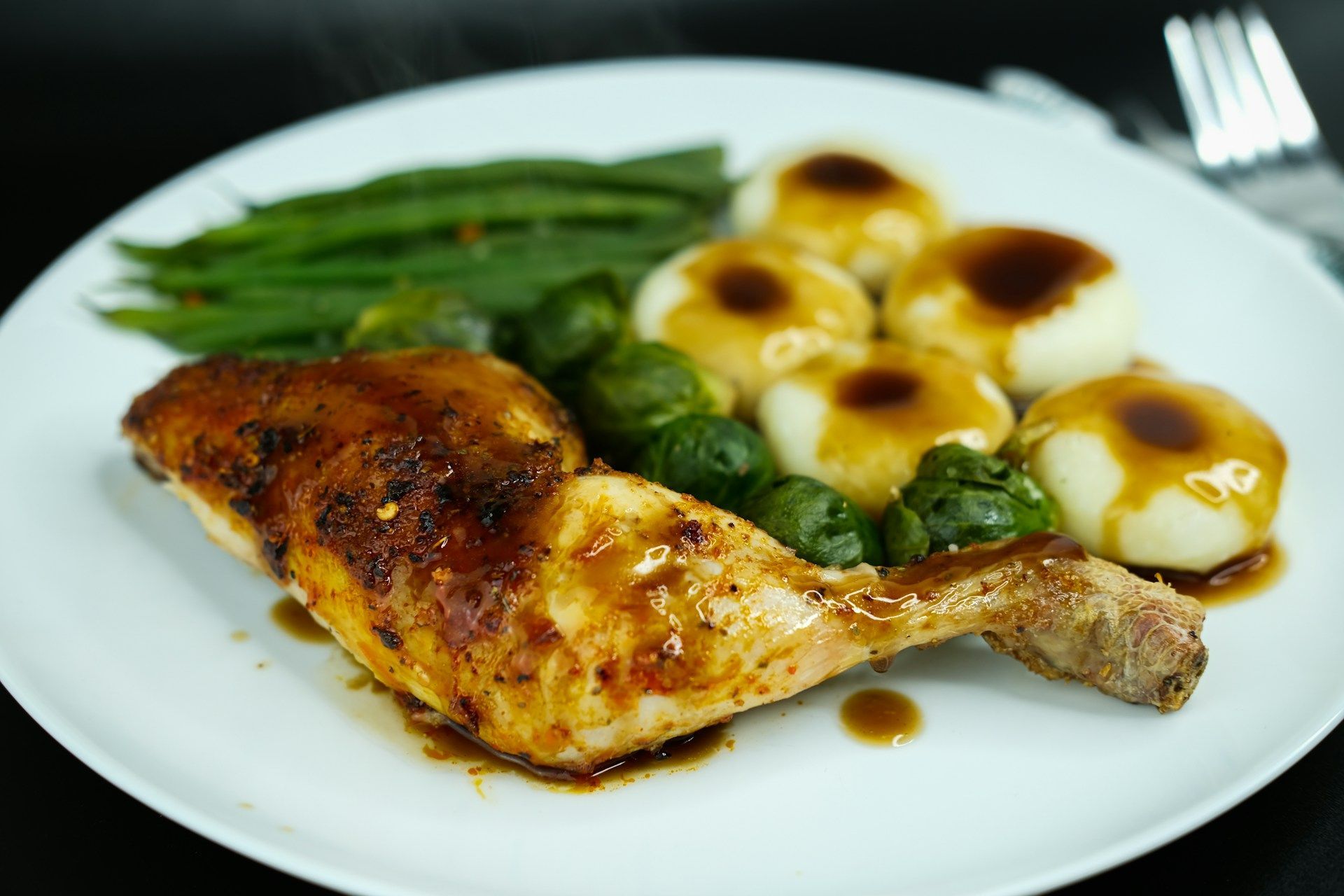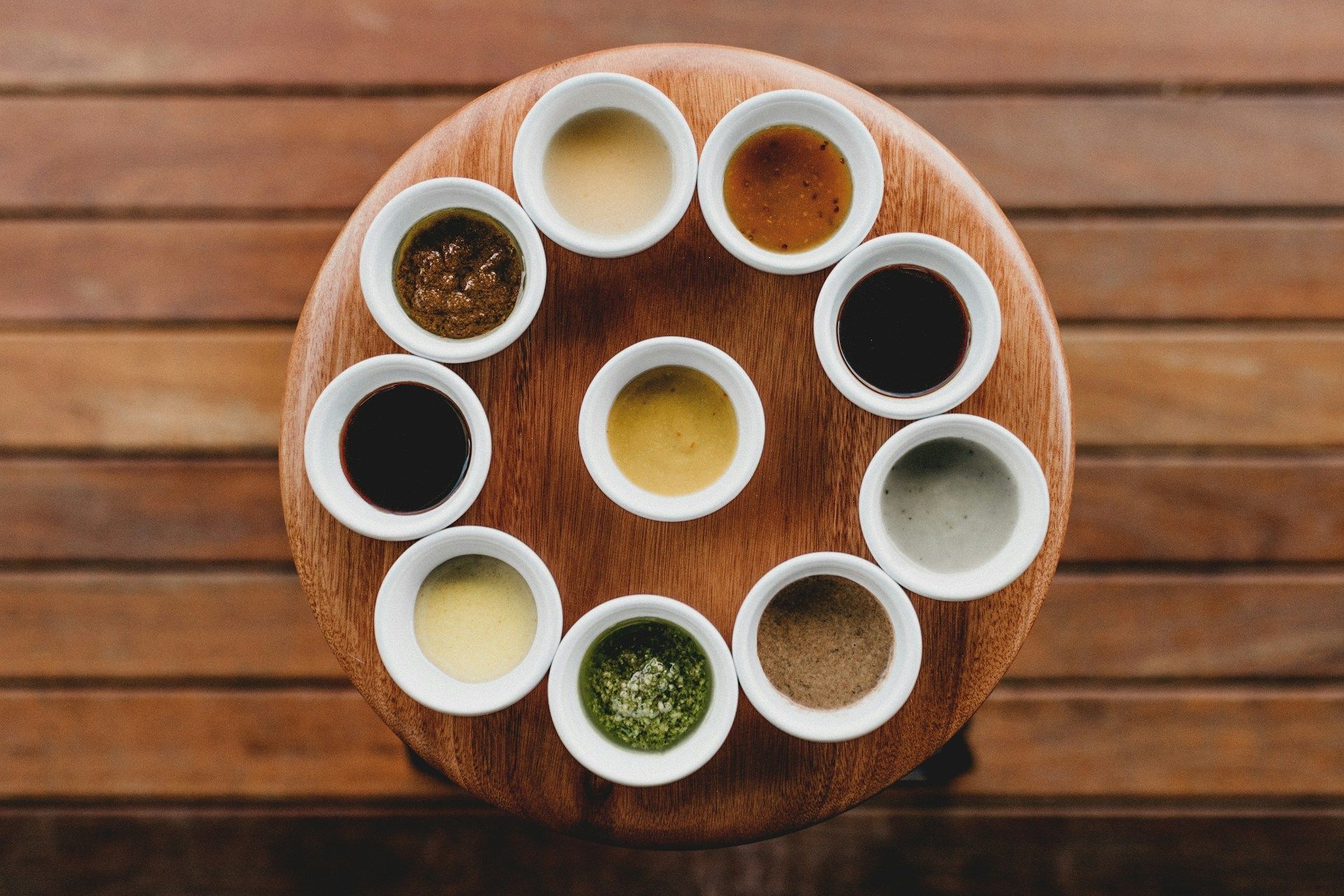Tikka Mussala: How Did a Curry Dish Become UK’s Favourite?
Great Britain is known for its fish and chips—until British Foreign Secretary Robin Cook announced Tikka Mussala as “a true British national dish” in 2001. Despite the numerous gasps people have aired out that day, Cook was right. In almost all Indian restaurants in London, Tikka Mussala was a hit—a culmination of chunks of chicken, spices, and a sauce fit for the British taste.
The dish climbed to its rockstar status starting in the 1970s. Since the Brits are curry lovers, the Indian original recipe made its way to most pubs and even supermarkets. They even found a way to alter and adjust the Indian recipe, giving it its own unique European flavour.
How Britain Became Interested in Curry
Curry was not a staple British dish until the Brits took over India. Since they turned from traders to rulers, they got to taste various curry flavours from the Asian country’s regions. Although every place offered a different taste to the spiced dish, everyone called it curry—branding a long-term tradition of spicy cuisine.
The word “curry” first appeared in 1598 when “Tamil Kari” was used to describe a fish mixture served with rice. A few decades later, in 1681, the word curry became synonymous with something to eat with rice.
However, it was not until 1747 when the first English-written curry recipe published by Hannah Glasse noted that someone cooking curry would need two fowls or rabbits. The chosen meat required to be stewed with thirty peppercorns, toasted coriander seed, and one large spoonful of rice—further cementing the word in the English language.
‘Curry’ On
After acquiring the recipe from India, the Brits began trying out other ingredients as substitutes for those that do not grow in their homeland. Most British cooks began incorporating local ingredients, such as apples, to make up for what was missing. In 1885, people started using curry powder to make curry without grinding and mixing fresh spices constantly.
The Brits then began preserving, making curry powder in batches for storage purposes. As a result, they made the recipe a part of Anglo-Indian inventions that changed the culinary world forever. The breakthrough developed significant changes in how people ate.
They now include curry powder to typical British dishes to add a bit of flavour and varied taste. However, the taste wasn’t similar or close to the original as they used local ingredients to adapt to where the dishes were cooked.
The Birth of Tikka Mussala
British curries rose to fame in the 1960s, following the immigration of Indian and Pakistani nationals for overseas work. Most of them had to go to industrial cities to look for jobs, while others opened restaurants to serve their homeland’s best dishes to their countrymen.
But it wasn't long before the British discovered the authentic restaurants of the immigrants. They began to adapt to the food preference and taste. Afterwards, the rest is history.
Conclusion
The Brits became fond of curry dishes, loving the viand’s revolutionary use of spices, overloaded with sauce partnered with rice. Chicken Tikka Mussala might not be the first curry dish the Brits have tasted overseas, but it was the catalyst for their love of cooking the heavily-spiced dish. Today, most people order Tikka Mussala in British Indian restaurants—displaying how Britain absorbs and adapts external influences.
Tower Tandoori is one of London’s oldest
Indian restaurants near Tower Hill. We serve Anglo-Indian cuisine, offering the best curry tourists and locals alike are sure to love. If you’re looking for authentic Indian food in London, we’re the shop to find! Visit our website and check out our menu today!
